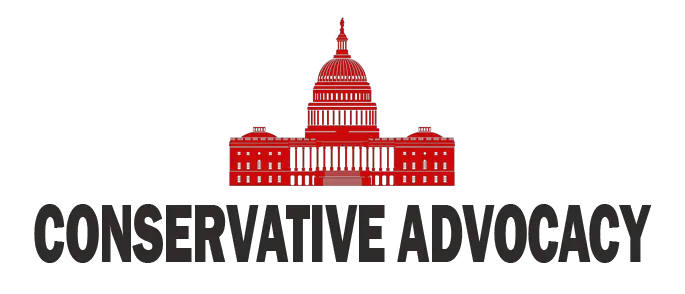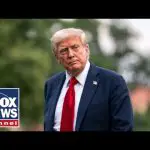The ongoing conflict between Russia and Ukraine continues to stir up a whirlwind of concern and debate. Recent high-stakes meetings among foreign leaders at the White House have highlighted the pressing need for a resolution, especially after reports of Russian strikes hitting even a U.S. factory in Ukraine. President Trump recently expressed his dissatisfaction with the continued aggressions in the region, a sentiment shared by many who are watching this tense situation unfold. But despite these discussions, the prospects of a meeting between Ukrainian President Zelenskyy and Russian President Putin seem to be fading.
Retired Army Colonel Darin Gaub weighed in on this complex scenario, pointing out that Vladimir Putin has little incentive to change his plans at the moment. With ongoing military advances and territorial gains in Eastern Ukraine, the Russian leader appears satisfied to prolong the conflict, as it creates the space he desires between Russia and Russian-speaking regions in Ukraine. The longer the conflict drags on, the more territory Putin can secure for himself, making it increasingly difficult for Ukrainian forces. As the Colonel noted, although a meeting between the two leaders might eventually occur, right now, there’s no rush on Putin’s part to negotiate peace.
The discussions in Washington, however, have stirred hopes that a peaceful resolution might be on the horizon. Observers noted that the meetings earlier in Alaska followed by those in D.C. seemed to build some momentum toward potential dialogue. While things may feel stagnant now, it was suggested that a slight shift in circumstances might revive interest in a future meeting. The stakes remain high not only for Ukraine but also for European nations hoping for stability in the region. Unfortunately, as of now, the situation remains caught in a tangled web of delayed negotiations.
Another crucial factor at play involves the President’s recent promise of security guarantees for Ukraine, which Russia is reportedly insisting would require their cooperation. This raises the question of whether an agreement can be reached that satisfies all parties involved. The likelihood of NATO forces in Ukraine is virtually nonexistent given Putin’s long-standing opposition to such a move. The potential for peacekeeping involvement from non-NATO nations, however, is still an open door—even if it is a tricky balancing act to coordinate.
The road ahead in resolving this conflict is laden with obstacles. It’s not just a matter of two leaders sitting down and hashing things out. The influence of Russia’s trading partners like China and India may also play a pivotal role in applying pressure on Moscow. Until there’s a collective agreement that the situation has reached its limit, this conflict seems poised to continue without a clear resolution in sight. For now, the world watches and waits, hoping that cooler heads prevail and that peace can eventually be restored.




